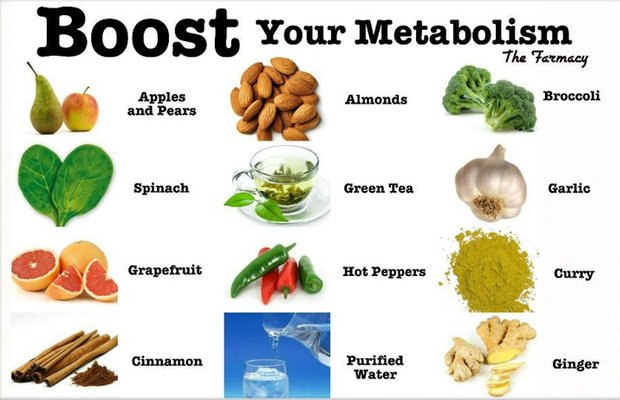Would You Believe It’s All About Fiber?
Want a surprisingly simple, yet healthy tip which gets results? Great, you cannot overlook the simplicity and importance of fiber…
Fiber is a natural substance found in plants.
And fiber can help lower blood sugar and cholesterol…
Keep reading for facts about fiber you probably already know about, yet aren’t using daily.
Dear Friend,
Dietary fiber adds bulk to your stomach and because it is light, fiber makes you feel full faster.
And can help with weight control (we’ll talk about the benefits in a minute)…
Fiber aids digestion and helps avoid constipation.
Dietary fiber is the type of fiber you can eat which is found in fruits, vegetables and grains.
Dietary fiber or roughage is the indigestible portion of food derived from plants.

Fiber has two main components:
Soluble fiber dissolves in water and fermented in colon as gases and physiologically active byproducts.
Soluble fiber can be prebiotic and viscous…
The main benefits you’ll readily get from dietary fiber includes improvements in the cardiovascular and digestive system along with providing a high degree of satiety.
Unfortunately, in today’s world of fast foods and over eating of processed foods.
Fiber is often overlooked or just plain hard to come by so do any of these sound familiar:
- Constipation
- Diarrhea
- Embarrassing gas
- Painful bloating
- Stomach cramps
- Painful bowel movements
- Hemorrhoids from pushing
- Excessively bad smelling stool
- Burning acid reflux
- Excessive visits to bathroom
Fiber may be able to safely eliminate your problems and keep them away.
And even if you’re not currently suffering from any of those issues, fiber can help keep your colon healthy and free of toxins.
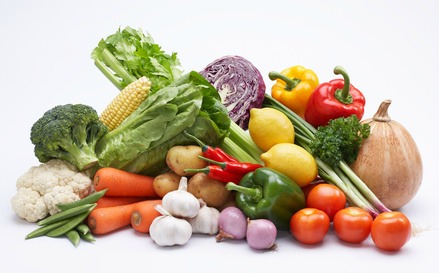
Want a healthy digestive system?
Fiber’s primary role in the body is going to be to help promote a healthy digestive system.
Fiber does this by helping to keep intestines in proper working order and slows down the accumulation of cholesterol along intestinal lining.
Do you really want to lower your bad cholesterol levels?
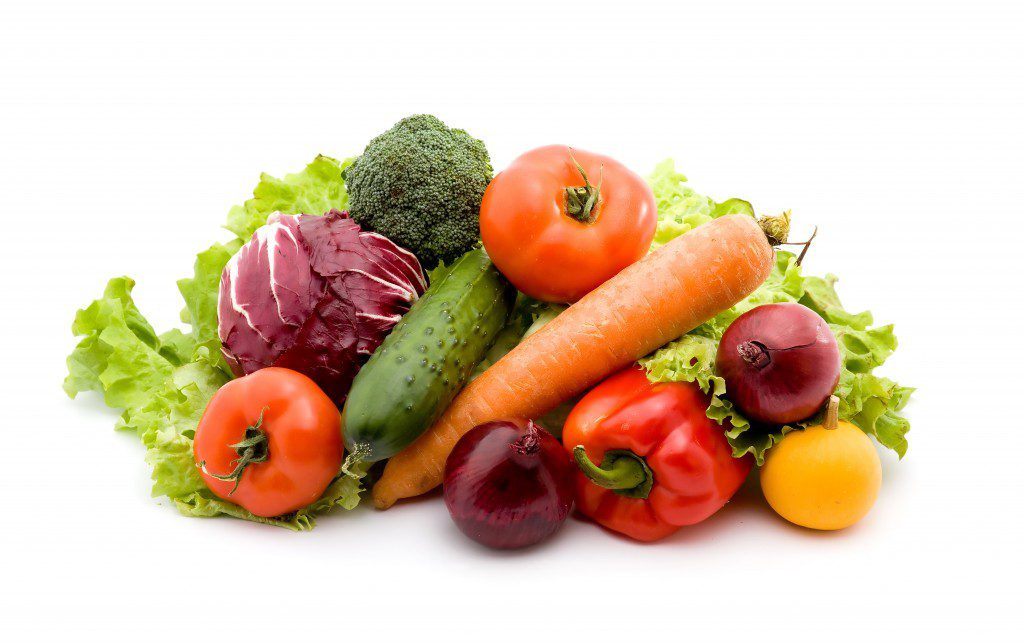
Another benefit to high fiber foods is they help decrease the level of LDL cholesterol.
You might be surprised at the scientific evidence with healthy effects achieved on reduced heart disease, diabetes and hypertension that’s seen in blood tests.
Fiber does this by binding with dietary cholesterol you eat and while it’s in the small intestine it’s doing it’s magic by removing it from your body.
Who knew a high fiber diet can actually be a very good defense against heart disease?
Fiber and weight loss for women…what is the connection?
Women which consume high fiber on a regular basis generally maintain a much lower weight than those who don’t.
The simple reason is these women typically eat fewer total calories as a result.
Eating fiber from various sources like seeds and nuts adds bulk to you digestive process.
You already know fiber takes a long time to be digested by your body, right?
And that means you’ll stay feeling fuller longer than if you would have done without fiber.
Bottom line, at the end of the day, total calorie intake determines weight gain or weight loss, so fiber is absolutely essential for weight loss.
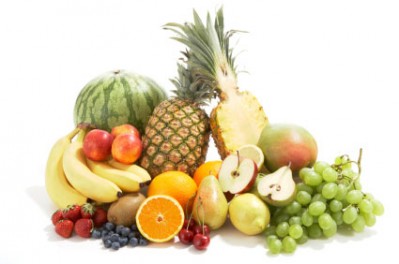
Are you getting enough fiber?
It’s suggested, when it comes to being sure you’re getting enough fiber, see if you can add on average 14 grams per 1000 calories you eat…
Most women can tolerate between 1500 and 2000 calories, depending on your body weight and daily activity levels, so this translates to 21-28 grams of fiber total.
Tip: Increase your intake slowly…
There can be too much of a good thing, right?
Ddon’t go overboard with fiber because the results can move food through the intestines too quickly, which means fewer minerals get absorbed from foods you eat
Too much fiber can also produce in gas, bloating and cramping, especially when fiber intake is dramatically increased overnight…
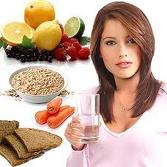
Make sure if you have not been eating much fiber in your nutrition plan at all in the past few months, increase your daily intake slowly over time (spread it over 1-3 months). Why?
Because if you go from eating very little fiber a day to getting a very high dose, you most likely will suffer from extreme digestive upset and that doesn’t feel good at all.
Try and increase consumption over the period of a few weeks to ease into this process.
Soluble fiber is the type that plays the more predominant role in the lowering of bad cholesterol levels and is fully broken down the by the body.
It’s good to eat oat bran, oatmeal, beans, peas, rice bran, barley and fruits.
Insoluble fiber, on the other hand is not digested by the body, still it helps to slow down gastric emptying, causing a satisfying increased feeling of fullness as mentioned above.
This is what provides the biggest health benefit when it comes to weight control for you.
Good sources of this fiber include whole-wheat breads, whole-wheat pasta, brown rice, wheat bran, cabbage, beets, carrots, brussels sprouts, cauliflower and apples.
So, be sure you do not overlook the importance of fiber in your nutrition plan.
The best high-fiber foods?
Tip: The amount of fiber in these foods can vary slightly between the raw and cooked versions.
Split Peas
Fiber: 16.3 grams per cup, cooked.
Suggest: Spinach and Yellow Split Pea Soup
Staple in Indian cooking, split peas form a terrific, protein-rich base for soups, stews and dhals.
South Asian is the best kind of comfort food: healthy, satisfying and super filling.
Lentils
Fiber: 15.6 grams per cup, cooked.
Suggest: Lentil Quinoa Burgers with Sautéed Mushrooms
Lentils are kitchen all-stars, take less time to cook, are more versatile than other legumes.
This takes advantage of their slightly meatier taste and turns them into a juicy patty that’s held together with lemon juice, cilantro and walnuts.
Black Beans
Fiber: 15 grams per cup, cooked.
Suggest: Black Bean and Sweet Potato Chili
Sweet potato pairs perfectly with smokiness of chipotle peppers, adds even more fiber to this hearty bean dish.
Loaded with complex carbs, protein, great cold-weather stew is perfect post-workout meal
Lima Beans
Fiber: 13.2 grams per cup, cooked.
Suggest: Leek and Lima Bean Soup with Bacon
Lima beans might sound unappetizing, yet when cooked in bacon fat, paired with leeks, puréed into a soup and topped with sour cream, they’re pretty darn delicious.
Artichokes
Fiber: 10.3 grams per medium vegetable, cooked.
Suggest: Roasted Artichokes
Packing more fiber per serving than any other vegetable, artichokes are curiously underused in most kitchens (perhaps because they look a bit prickly).
Get creative and try this simple recipe with lime, garlic and black pepper.
Peas
Fiber: 8.8 grams per cup, cooked.
Suggest: Scallops on Minted Pea Purée with Prosciutto
Puréeing veggies is a great way to squeeze extra nutrients into any meal.
This comes together lightning-fast, is filled with protein, omega-3s and plenty of fiber.
Broccoli
Fiber: 5.1 grams per cup, boiled.
Suggest: Broccoli Fritters
This is a family-friendly dish and is pretty simple.
To make the fritters, just combine onion, garlic, broccoli, eggs and almond meal.
Once they hit the table, you’ll be surprised how much broccoli gets finished in one sitting.
Brussels Sprouts
Fiber: 4.1 grams per cup, boiled.
Suggest: Hoisin Glazed Brussels Sprouts
Try this Asian twist on the old standard as this meal carries tones of ginger, sesame and peanut which really helps keep you coming back for seconds and maybe thirds.
Raspberries
Fiber: 8 grams per cup, raw.
Suggest: Raspberry, Coconut and Oat Macaroons
Raspberries aren’t a hard sell, they’re basically nature’s delightful candy.
Simply add coconut, oatmeal and vanilla for a healthy dessert that pleases any palate.
Blackberries
Fiber: 7.6 grams per cup, raw.
Suggest: Blackberry Lemon Salad
This salad successfully mixes sweet and savory and makes use of blackberries, lemon, scallions and dill to great effect.
Avocados
Fiber: 6.7 grams per half, raw.
Suggest: Chicken, Black Bean, Avocado and Radish Salad
Very few foods deserve the title of “super food” more than the humble avocado.
Jam-packed with vitamins, fiber and healthy fats.
Pile it on top of this low-carb, Mexican-inspired salad to add some creamy goodness.
Pears
Fiber: 5.5 grams per medium fruit, raw.
Suggest: Herb-Roasted Pork Tenderloin with Pears
Simple and inexpensive way to experiment with an unusual flavor combination.
Pork works well with sweeter flavors and high sugar content of pears makes them easy to caramelize.
Bran Flakes
Fiber: 7 grams per cup, raw.
Suggest: Vanilla, Honey, and Yogurt Smoothie with Bran Flakes
Short on time? Whip up a nutritious smoothie and take breakfast to go.
This shake is a healthy and delicious way to get plenty of fiber and a hefty amount of protein, all in one glass.
Whole-Wheat Pasta
Fiber: 6.3 grams per cup, cooked.
Suggest: Avocado Pesto Pasta with Peas and Spinach
Use the right sauce, whole-wheat pasta is indistinguishable from its high G.I., white-flour cousin. Mix in avocado to add a wonderful creaminess to your pasta without using dairy.
Pearled barley
Fiber: 6 grams per cup, cooked.
Suggest: Pearl Barley Risotto with Roasted Squash, Red Peppers and Rocket
Barley is a chewy, nutritious grain which contains more fiber than oatmeal and brown rice.
Barley can be used in soup, salad or tea, try tasty risotto with seasonal fall vegetables.
Oatmeal
Fiber: 4 grams per cup, cooked.
Suggest: Carrot Cake Oatmeal
Use one tablespoon of maple syrup per serving for a guilt-free way to indulge in breakfast and great start to the morning.
Plus this is packed with fiber-friendly oats, carrots and coconut.
If you do get your fiber consumption levels in line, you will most definitely notice a change in how you feel and more than likely a change in how you look as well.
Fiber is a type of carbohydrate your body can’t digest.
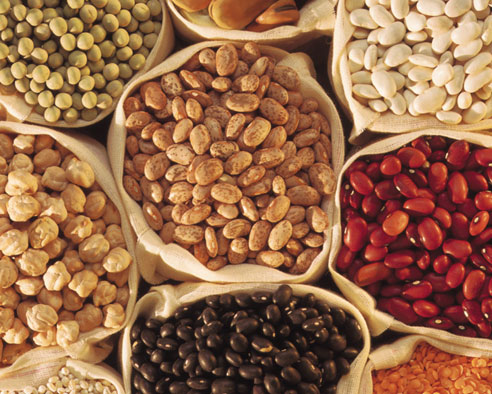
When you eat carbohydrates, most of the carbs are broken down into sugar molecules, fiber cannot be broken down into sugar molecules.
And instead it passes through your body undigested, (fiber acts like a digestive tract broom, sweeping and moping up at the same time).
Fiber helps regulate the body’s use of sugars, helping to keep hunger and blood sugar in check.
Fiber along with adequate fluid intake moves quickly and relatively easily through your digestive tract, so knowing what you know are you going to add more fiber to your diet?
Fiber
 Your Healthy Body In Less Time, Effort and Sacrifice Look 20 Years Younger Without Dieting, Hunger, Counting Calories, Working Out Longer
Your Healthy Body In Less Time, Effort and Sacrifice Look 20 Years Younger Without Dieting, Hunger, Counting Calories, Working Out Longer


